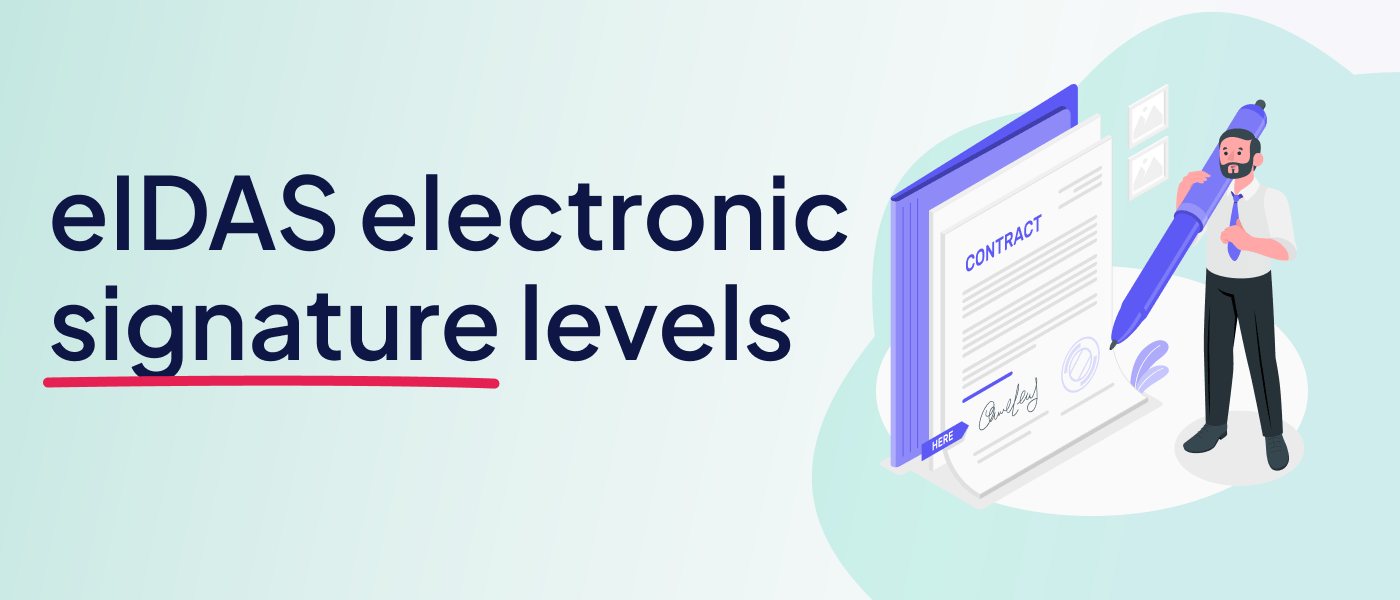Partager :

As a financial service, it can be difficult to navigate the different levels of eIDAS electronic signatures, understanding the implications and their potential impacts. To make life simpler, we’ve created the Easy Guide below to understand the differences.
For specific advice on your use-case, please contact us. Our teams will gladly assist!
The Simple Electronic Signature (SES)
Firstly, the SES. It is comparable to consent gathering. It is data in an electronic form which is attached to or logically associated with other data from an electronic form. Typically, this data, often in the form a tick box, is used by the signatory to sign. In practice, in continental Europe, this signature level is rarely used for financial products (although exceptions can be found in Poland).
The QuickSign SES complies with the eIDAS regulation through:
- Event Log file
- Sealed proof file
- Time stamp of signature
- SMS sent OTP
The Advanced Electronic Signature (AES)
Secondly, the AES is an SES + it is uniquely linked to the signatory. It is therefore capable of identifying the signatory. Importantly, the signatury creates it using electronic signature creation data that they can, with a high level of confidence, use under his sole control. Moreover, it is linked to the data signed in such a way that any subsequent change in the data is detectable.
As a result, the AES is a common level of signature in continental Europe for account openings and small ticket consumer credit.
The QuickSign AES compliques with the eIDAS regulation through:
- Event Log file
- Sealed proof file
- Certified Time stamp of signature
- SMS sent via OTP
- Certificate of signature issued for the customer
The Qualified Electronic Signature (QES)
Thirdly, the QES is the AES + a qualified certificate. It’s strength is that is reverses the burden of proof. In case of litigation, a customer must prove that they did not sign. The QES is often used for consumer credit in – but not limited to – Italy, Germany and Belgium.
Consequently, the QuickSign QES complies with the eIDAS regulations through:
- Event Log file
- Sealed proof file
- Certified Time stamp of signature
- SMS sent via OTP (Sent by the Certification Authority)
- Qualified certificate of signature issued for the customer by QSCD in full compliancy with the EU standard ETSI 319-411.
Let us know if this helped and as always, feel free to contact us for advise on your specific use-case. We would be happy to help!





